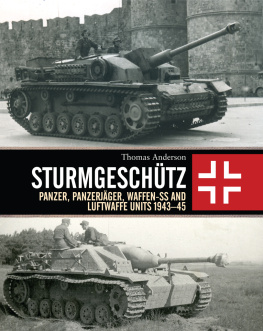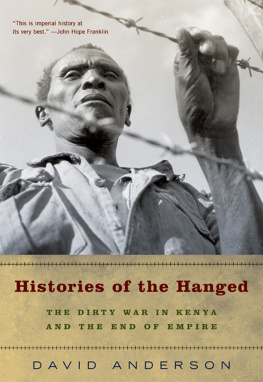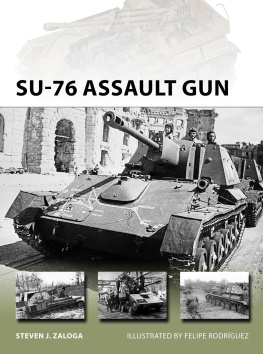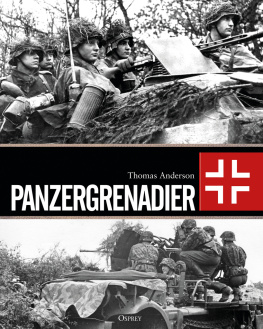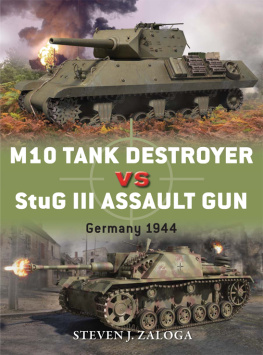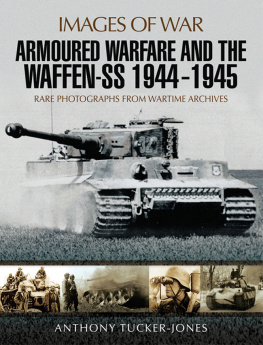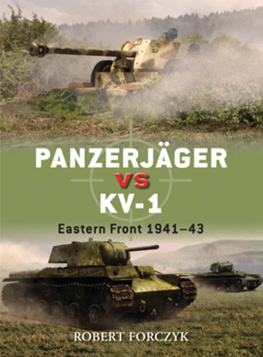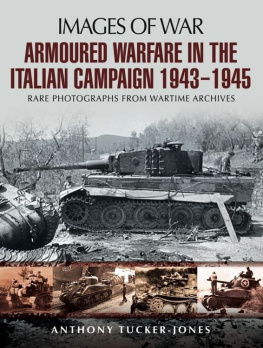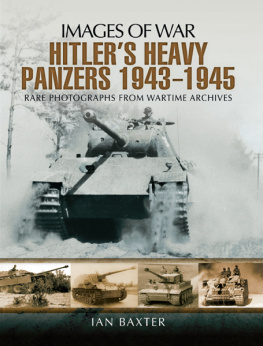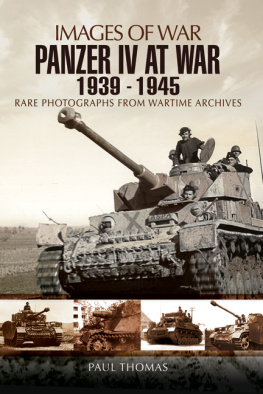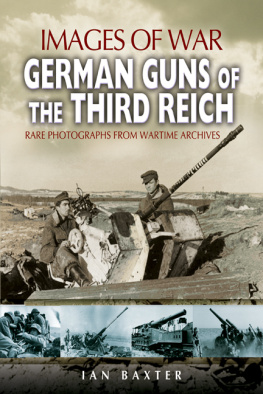
Osprey Publishing
c/o Bloomsbury Publishing Plc
PO Box 883, Oxford, OX1 9PL, UK
or
c/o Bloomsbury Publishing Plc
1385 Broadway, 5th Floor, New York, NY 10018, USA
E-mail:
www.ospreypublishing.com
This electronic edition published in 2017 by Bloomsbury Publishing Plc
OSPREY is a trademark of Osprey Publishing, a division of Bloomsbury Publishing Plc.
First published in Great Britain in 2017
2017 Thomas Anderson
All rights reserved
You may not copy, distribute, transmit, reproduce or otherwise make available this publication (or any part of it) in any form, or by any means (including without limitation electronic, digital, optical, mechanical, photocopying, printing, recording or otherwise), without the prior written permission of the publisher. Any person who does any unauthorised act in relation to this publication may be liable to criminal prosecution and civil claims for damages.
Every attempt has been made by the Publisher to secure the appropriate permissions for material reproduced in this book. If there has been any oversight we will be happy to rectify the situation and written submission should be made to the Publisher.
A CIP catalogue record for this book is available from the British Library.
Thomas Anderson has asserted his right under the Copyright, Designs and Patents Act, 1988, to be identified as the Author of this Work.
ISBN: 978-1-4728-1752-5 (HB)
ISBN: 978-1-4728-1754-9 (eBook)
ISBN: 978-1-4728-1753-2 (ePDF)
ISBN: 978-1-4728-2644-2 (XML)
Editor: Jasper Spencer-Smith
Design & layout: Nigel Pell
Produced for Bloomsbury Plc by Editworks Limited
Bournemouth, BH1 4RT,
Osprey Publishing supports the Woodland Trust, the UKs leading woodland conservation charity. Between 2014 and 2018 our donations are being spent on their Centenary Woods project in the UK.
To find out more about our authors and books visit www.ospreypublishing.com. Here you will find our full range of publications, as well as exclusive online content, details of forthcoming events and the option to sign up for our newsletters. You can also sign up for Osprey membership, which entitles you to a discount on purchases made through the Osprey site and access to our extensive online image archive.
CONTENTS

Generaloberst Heinz Guderian, Generalinspekteur der Panzertruppen, making a speech to an assembly of tank crews while standing on the engine deck of a Sturmgeschtz. Initially he had vehemently opposed the introduction of the type, but by 1943 he was forced to realize that the Sturmgeschtz was vital if the combat strength of his armoured forces was to be maintained. (Historyfacts)
Introduction
The Sturmgeschtz was a genuine German invention and, although the idea of mounting a gun in a fixed superstructure was neither new nor future-looking, the type became a vital weapon in the arsenal of the Third Reich and was produced in very large numbers.
As described in my book Sturmartillerie (Osprey, 2016) the Sturmgeschtz assault gun was originally intended to be a support weapon for the assault infantry. The requirement for such a vehicle was noted in a letter, dated 8 June 1936, written by an officer of the Generalstab des Heeres (GenStdH General Staff of the Army) to his superiors:
We have to ascertain that the Panzerwaffe and the Sturmartillerie, which are both similarly equipped, will follow absolutely different tactical approaches.
I.) Panzerverbnde [tank formations, here Panzer divisions (PzDiv), author] are mixed units able to fight independently and pursue their own combat missions. These PzDiv are equipped with motorized artillery and infantry to enable success.
II.) Panzerbrigaden [tank brigades] is the force for the focal point of an attack. In contrast to the PzDiv, the Panzerbrigade is unable to operate independently.
III.) Sturmartillerie, it is relevant as to whether it will be produced as a tank or a self-propelled gun, or a support weapon for the infantry. It should be able to provide support fire at a minimum range of 7km as part of the divisional artillery. The Sturmartillerie is deployed as escort artillery to support an infantry assault by directly attacking dangerous targets. Unlike a tank formation, which attacks in large numbers, the Sturmartillerie will only be committed in platoon strength.
Each infantry division will have to be issued at least with one battalion of Sturmartillerie formed of five batteries with six assault guns each. The division should consider the removal of a light artillery battalion or the tank destroyer battalion.

A Sturmgeschtz Ausf F/8 carrying Luftwaffe infantry, possibly during a training exercise. The only markings on the vehicle are the solid Balkenkreuze (the word is for a cross made from two baulks of timber and not a reference to the Balkans) which were applied by the manufacturer. (Anderson)
The GenStdH replied in a letter dated 16 June 1936, with these comments:
1) In general, we agree on the specification and tactical deployment for the proposed Sturmgeschtz.
2) It seems necessary to emphasize the difference between the Sturmartillerie and the divisional [conventional, author] artillery to set clear requirements for the development of the type.
3) It is the task of the Sturmgeschtz to destroy enemy machine-gun nests by direct fire; thus it is a weapon of the infantry, and must not be committed as artillery. Also as the infantry operates at ranges up to 4km only, sighting devices for indirect fire up to 7km range are not necessary.
4) Also it must be explored if the Sturmgeschtz can perform as the (currently under development) tank destroyer. Thus duplicated development can be avoided.
However, the demand for the production of such a large number of Sturmgeschtz was beyond the capacity of the German armaments industry. In 1939, the first phase Mobilmachung (general mobilization) resulted in the formation of 39 infantry divisions, five tank divisions, three mountain divisions and four light divisions. As part of this plan, the GenStdH decided that there was a far from realistic requirement for more than 1,100 Sturmgeschtz.
At the beginning of Fall Weiss (Case White), the Polish campaign, the Panzerwaffe was equipped with some 3,000 tanks, but only 750 were truly of combat value. German military planners accepted the situation, and all plans to provide an infantry division with a Sturmgeschtz detachment were forgotten.
This was possibly instigated by Generaloberst Heinz Guderian (one of the fathers of the Panzerwaffe and certainly its most influential supporter), who had identified the financial limitations. Subsequently he strongly opposed any suggestion of supplying the infantry with tanks, being convinced that the establishment of an armoured element for the infantry would weaken his creation; a battle-winning powerful and efficient

